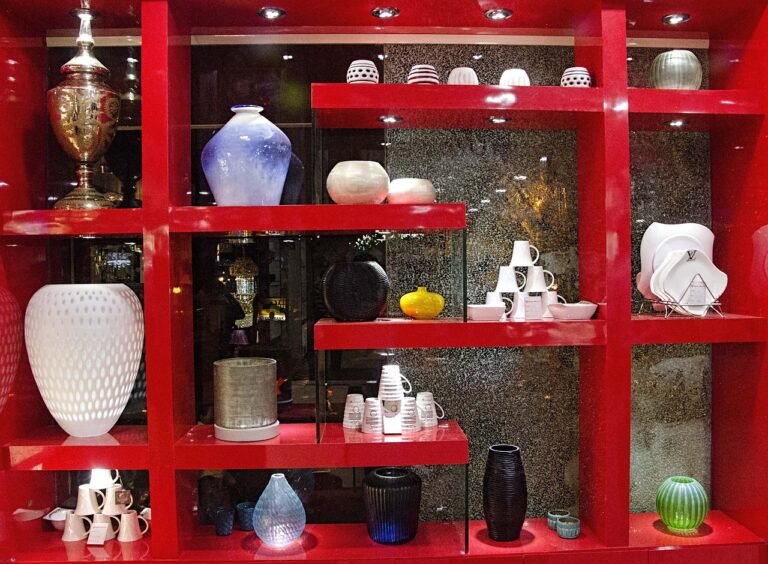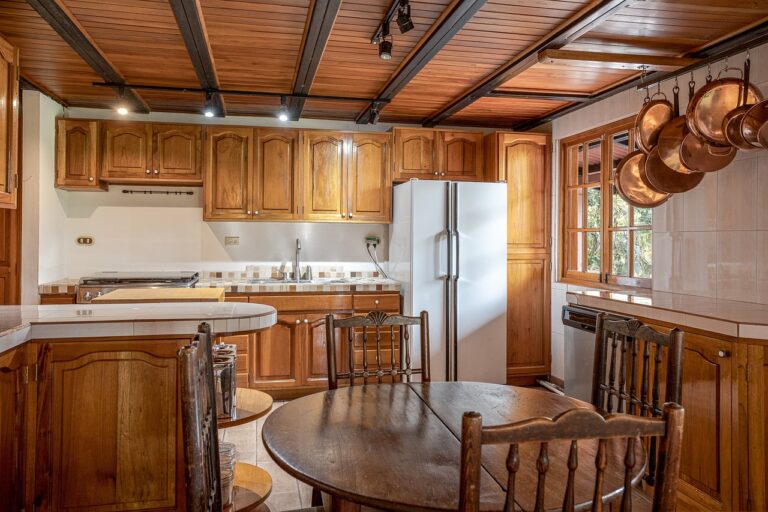Sustainable Flooring Options for Eco-Friendly Homes
When it comes to renewable flooring materials, bamboo stands out as a popular choice for environmentally conscious consumers. Known for its fast growth rate and renewability, bamboo flooring offers a sustainable option that rivals traditional hardwood. Its durability and unique aesthetic appeal make it a practical and stylish flooring option for both residential and commercial spaces.
Another eco-friendly flooring material to consider is cork. Harvested from the bark of cork oak trees, cork flooring is not only sustainable but also provides excellent thermal and acoustic insulation properties. Its natural resilience to moisture and mold makes it a suitable flooring choice for areas prone to humidity, such as kitchens and bathrooms. Additionally, cork flooring is comfortable to walk on and easy to maintain, making it a practical and environmentally friendly option for any space.
Bamboo Flooring: A Sustainable Choice
Bamboo flooring is becoming increasingly popular as a sustainable choice for environmentally-conscious consumers. This type of flooring is made from a fast-growing plant that regenerates quickly, making it a renewable resource. Not only is bamboo flooring durable and stylish, but it also has a lower environmental impact compared to traditional hardwood flooring.
In addition to its sustainability, bamboo flooring offers a range of benefits for homeowners. It is known for its natural beauty, resembling traditional hardwood floors while providing a unique and modern look to any space. With proper care, bamboo flooring can last for many years, making it a cost-effective and environmentally friendly option for those looking to make greener choices in their homes.
Cork Flooring: Eco-Friendly and Durable
Cork flooring is gaining popularity as a sustainable and environmentally friendly flooring option. Harvested from the bark of cork oak trees, this material is renewable and does not harm the trees in the process. Additionally, cork is biodegradable, making it a great choice for eco-conscious consumers looking to reduce their environmental impact.
In addition to being eco-friendly, cork flooring is also known for its durability and resilience. Its unique cellular structure gives it a natural elasticity and ability to bounce back from pressure, making it ideal for high-traffic areas in homes or commercial spaces. This natural resilience also provides a comfortable and cushioned feel underfoot, making it a popular choice for those seeking both sustainability and practicality in their flooring options.
• Cork flooring is harvested from the bark of cork oak trees
• It is renewable and does not harm the trees in the process
• Cork is biodegradable, making it a great choice for eco-conscious consumers
• Cork flooring is known for its durability and resilience
• Its unique cellular structure gives it natural elasticity
• Ideal for high-traffic areas in homes or commercial spaces
• Provides a comfortable and cushioned feel underfoot
• Popular choice for those seeking sustainability and practicality
What makes cork flooring a sustainable choice?
Cork flooring is made from the renewable bark of cork oak trees, which can be harvested without harming the tree. This makes it a sustainable and eco-friendly option for flooring.
Is cork flooring durable?
Yes, cork flooring is known for its durability. It is a resilient material that can withstand heavy foot traffic and is resistant to wear and tear.
How does cork flooring compare to other renewable flooring materials?
Cork flooring is unique in its ability to provide both durability and eco-friendliness. While bamboo flooring is also a sustainable choice, cork flooring offers additional benefits such as sound insulation and comfort underfoot.
Is cork flooring easy to maintain?
Yes, cork flooring is easy to maintain. Regular sweeping and occasional mopping with a damp cloth is all that is needed to keep it looking clean and beautiful.
Can cork flooring be used in all areas of the home?
Yes, cork flooring is versatile and can be installed in any room of the house, including kitchens, bathrooms, and basements. Just be sure to follow the manufacturer’s guidelines for installation and care.







